Conny Waters – AncientPages.com – The Saqqara necropolis in Egypt has revealed more of its ancient secrets. A remarkable 4,000-year-old tomb has been unearthed by the joint archaeological mission from Waseda University in collaboration with the Supreme Council of Antiquities (SCA).
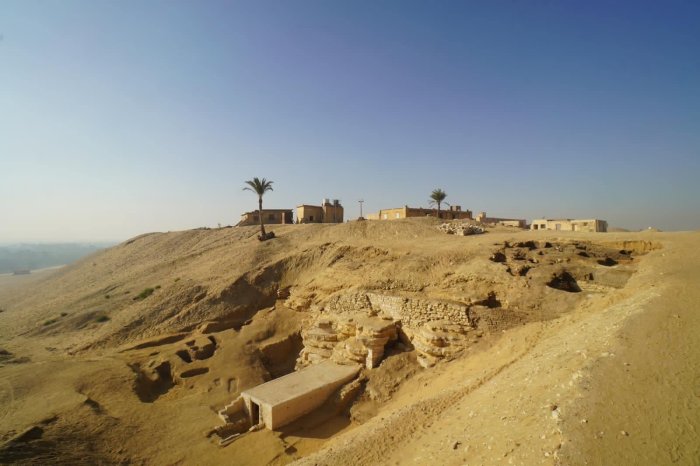
Credit: Supreme Council of Antiquities
Carved into the rock, the ancient tomb sheds new light on ancient Egyptians’ craftsmanship and funerary practices, providing “invaluable insights into the history of this region,” said Nozomu Kawai, head of the Japanese team, tells Ahram Online.
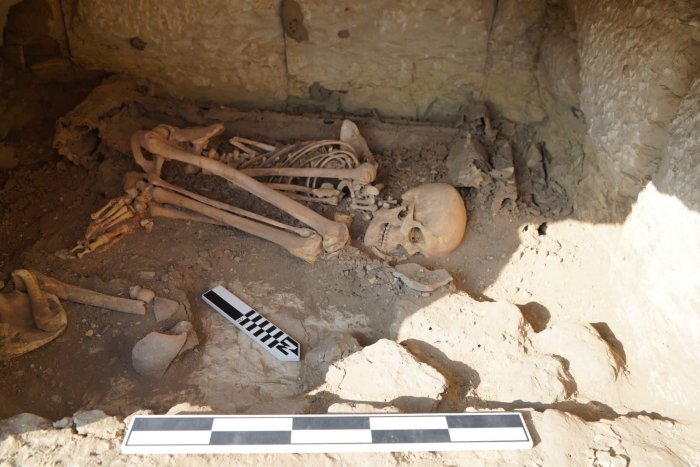
Credit: Supreme Council of Antiquities
Dating back to the Second Dynasty (c. 2890 – c. 2670 B.C.), the architectural wonder gives knowledge of the craftsmanship of ancient Egyptian builders. The tomb’s design and the pottery discovered within it serve as significant markers for understanding the historical context of its creation.
Saqqara, where we find the famous Step Pyramid, served as the necropolis for the ancient Egyptian capital, Memphis. Many incredible mud-brick tombs and temples have been unearthed in Saqqara. It is a significant archaeological site where scientists have encountered tombs dating to the beginning of Egyptian history.
The artifacts and burials uncovered provide a window into the lives of those who lived in this ancient civilization.
During the recent archaeological dig, the researchers unearthed the remains of a human burial with a colored mask and another burial for a small child. Burials from the late and Ptolemaic eras and a poorly preserved coffin from the 18th Dynasty containing a well-preserved alabaster vessel were also found.
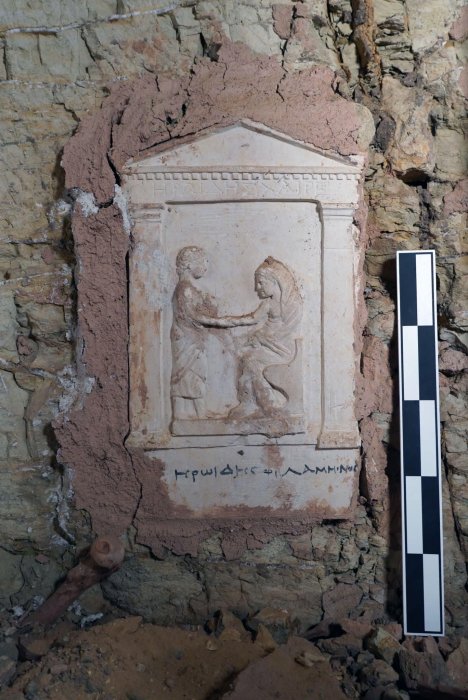
Credit: Supreme Council of Antiquities
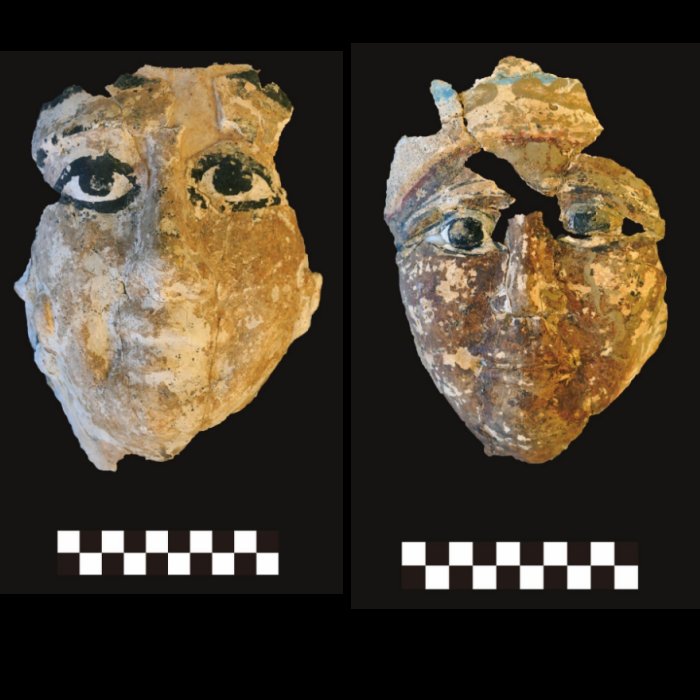
Credit: Supreme Council of Antiquities
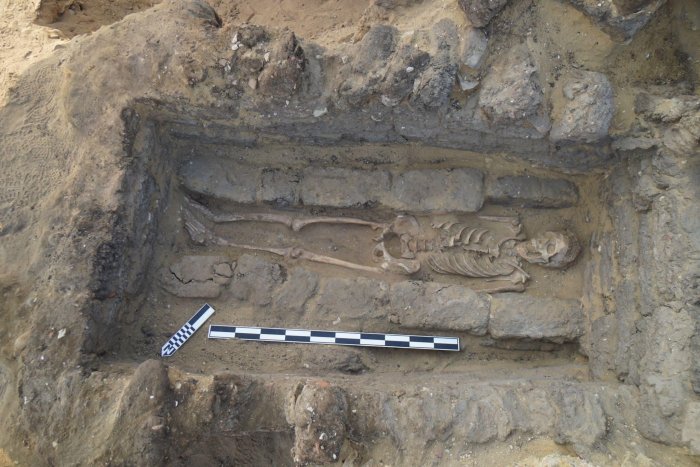
Credit: Supreme Council of Antiquities
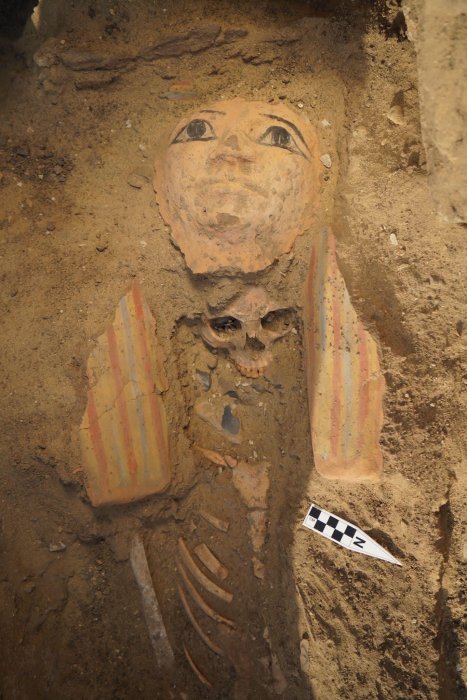
Credit: Supreme Council of Antiquities
The team has found “a number of architectural elements, burials and archaeological finds of different historical eras,” Egypt’s Ministry of Tourism and Antiquities announced in a press statement.
The trove of artifacts includes two terracotta statues depicting the goddess Isis, a terracotta statue of the child deity Harpocrates, various amulets, pottery models, and ostraca featuring hieratic inscriptions.
See also: More Archaeology News
Nozomu Kawai stressed that the mission carried out archaeological recording and documentation of all finds, expressing his hopes that the mission will make more discoveries during its upcoming excavation seasons to reveal more of the secrets of the Saqqara archaeological region.
Written by Conny Waters – AncientPages.com Staff Writer





